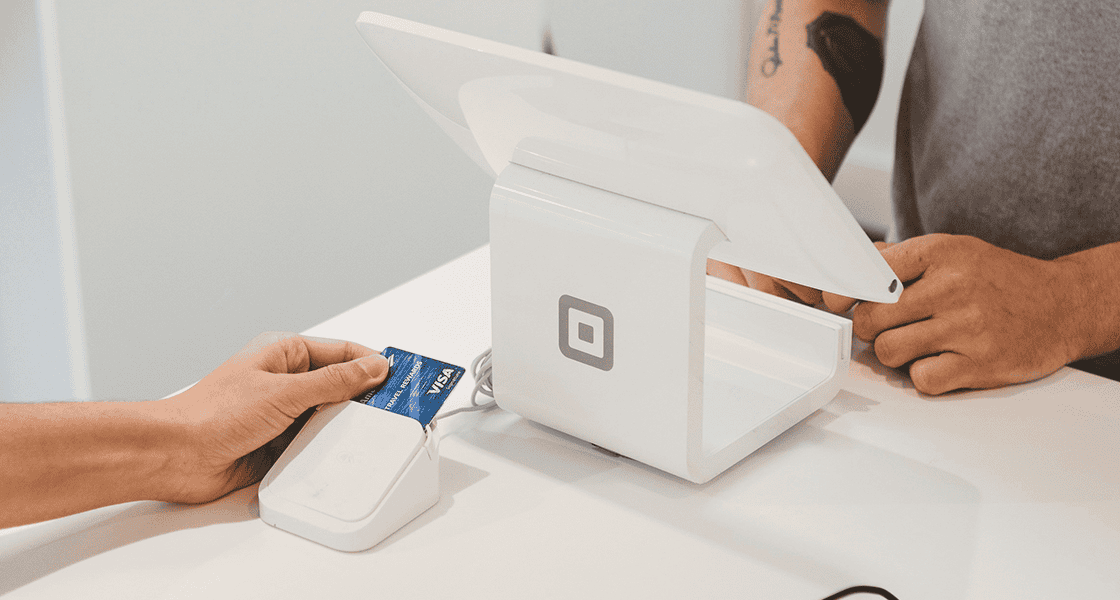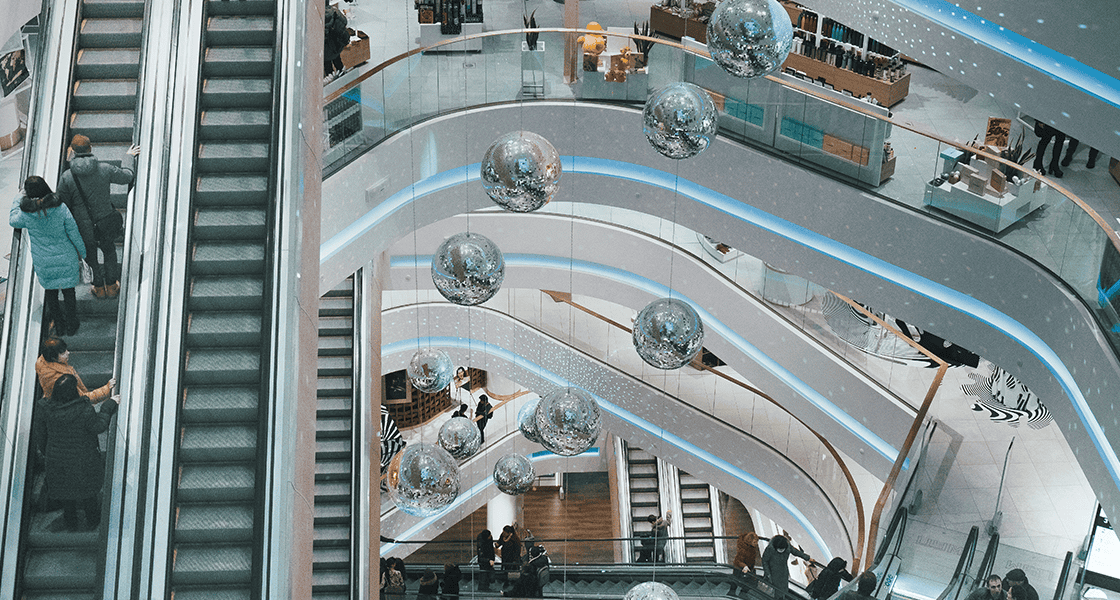Retail & Distribution
You Can’t Take the “Shop” Out of Shopping
29 March 2016
Over the last 20 years, online shopping has gone from being something that people view with suspicion to an accepted part of everyday life. Today, Amazon and eBay are household names, and even supermarkets are up against online grocery retailers such as Ocado. The store is facing challenges from multiple fronts, not just from online retailers, but also from today’s hyper-connected consumer who expects more from their in-store shopping experience. They demand a seamless encounter with their preferred brand and they expect to be recognized and rewarded.
In an era where new technology is changing the face of commerce as we know it, retailers need to re-invent the store to ensure its survival. Stores need to be transformed from places to buy to experiential theaters to showcase merchandise, brand ethos and engage customers.
Shopping is an experience
There are some price conscious consumers who will always use a comparison tool before they shop, and that will look for the absolute best price for every product. Those consumers have no loyalty to any brand, and will use coupons and cashback sites to get the best deal, regardless of any other metric. However, those consumers are in the minority. The majority of consumers assess several needs when deciding how, where and when to shop. They consider their previous experience of the brand, quality, speed of delivery, the opportunity to test or view the product before purchasing it, ease of returns, the ability to get advice about the product from an in-store expert, and the overall brand encounter.
Because of these complex needs and preferences, retailers must get to know their customer, understand them and reposition themselves at the core of the shopping experience – the store! Take Burberry for example – the luxury brand has transformed its Regent’s Street flagship into a catwalk and a concert venue. It’s now time for retailers to redefine the purpose of the physical store and embrace new technology.
Putting the customer first
Customers want to be in charge of their buying experience. They want the purchase process to be as frictionless as possible, and they want to feel like the retailers they buy from care about them. They want to have a connection to the brands that they use and love, and they want that connection to be a two-way one. With advanced in-store technology like Mobile Clienteling, CRM and Mobile POS, retailers can now build this connection with their customers and take personalization to another level.
Airlines pioneered the idea of using technology to make customers feel truly special. Many carriers use the information they collect from their frequent flyer programs to improve the experience for customers, not just through offering upgrades and additional services for high status flyers, but also by anticipating their needs. Personal greetings and customer services improvements based on a user’s purchase history are an easy way to make customers happy. It’s now time for retailers to follow the airline’s examples.
One great example of a good shopping experience is GAME. The GAME brand understands that their core market is tech savvy consumers who own more than one gaming device. GAME offers a loyalty program which includes an app that users can install on their mobile devices. Users are sent offers direct to their app, and can redeem the offers in-store. The app helps users locate their nearest GAME store, and it includes exclusive offers for games that the users play on their device. It also offers achievements, pre-order countdowns, and social media links.
Other brands that have done a great job of improving the in-store experience are Superdrug and House of Fraser. House of Fraser is using beacon technology in their mannequins to engage with nearby shoppers. A shopper can use their phone to get information about the garments that a user is wearing, including the location of the garment in-store and a link to purchase the garment from their website. Meanwhile, Superdrug has gone for a more human approach, opening Beauty Studios in some of their stores, so that shoppers can get a makeover experience when they visit the store. This is a great way to introduce consumers to brands they may otherwise not have tried, and it is a good value-add too.
Enhance, don’t divide
Digital and mobile should be thought of not as separate channels, but as enhancements to the store. The retailers who succeed will be the ones who find ways to improve the end user experience across the board – optimizing the performance of their websites per click, and their store offerings too.
Retailers cannot afford to become complacent and to rely on their existing consumers to keep their business afloat. The future of retail is one where the physical store is at the heart of the experience, but the store is part of a much more complex retail platform.
Click here for a live tour of the Cegid Innovation Store.


